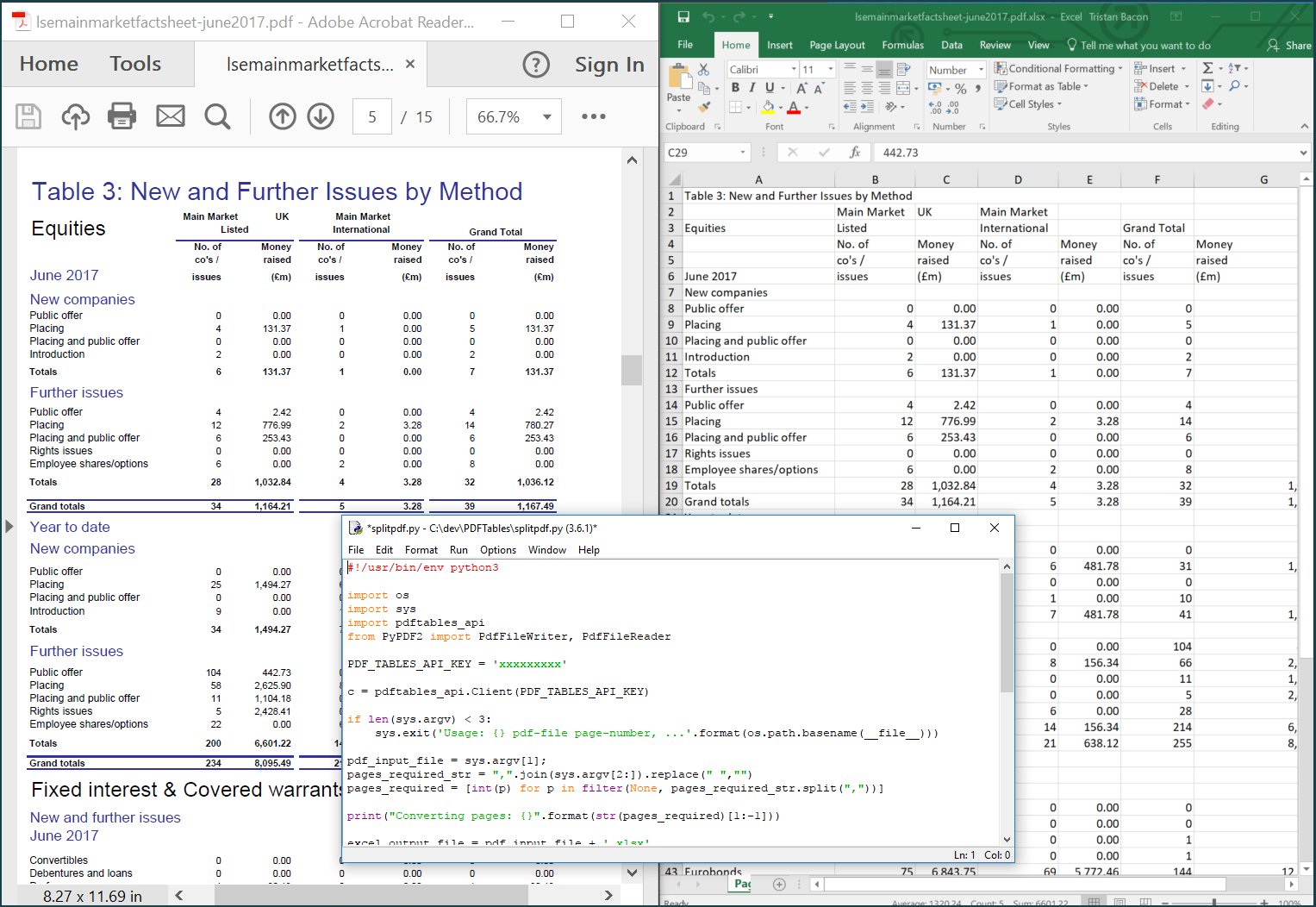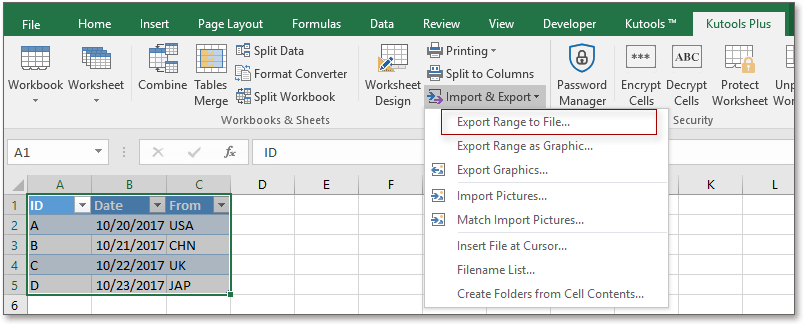


Now, double click on the PDF file where your table is. Excel will show your file manager for windows.Go to Data tab > Get Data > From File > From PDF.Select a cell (In this example, B2) where you need to start the first cell of your table.First, open a new workbook or continue a running project in Excel.Import Data from PDF and Copy Table to Excel with Formattingīy using the import feature, you can easily copy a table from pdf format to an Excel file. The table is in PDF mode, our goal is to copy the table from PDF to Excel with formatting.ġ. Let’s first introduce our sample dataset. ON YourTable1NameGoesHere.Field1 = YourImportTableNameGoesHere.2 Handy Ways to Copy Table from PDF to Excel with Formatting SELECT YourTable1NameGoesHere INNER JOIN YourImportTableNameGoesHere INSERT INTO YourTable2NameGoesHere Values (PrimaryKeyField1NameFromTable1GoesHere, Field2) INSERT INTO YourTable1NameGoesHere Values(TheRealNameofFieldOneGoesHere) (See why it's so ambiguous to alias tables and fields?) Append the Primary Key from table1 and the other required field from the import into table2. Join the original import to table1 on that field. However, since you want to append the newly created Primary Key to table2, you can take advantage of the fact this the required field for the first append is also unique.

You would normally join on Primary Keys/Foreign Keys to append the records to table2. Now, you have a new group of records in table1, with a Primary Key and unique values in your other field. That's a standard approach, but to be sure, is that how you did this? I assume that you have designated a Primary Key for table1 and that that Primary Key is what you need to insert with the records for table2. A fairly straightforward way to deal with this with two queries, and no need for cumbersome recordsets.įirst, Append the appropriate field(s) in the new records to the existing table1 (table1 seems like such an ambiguous name, though, are you sure that's it's real name?).


 0 kommentar(er)
0 kommentar(er)
